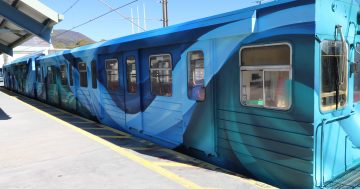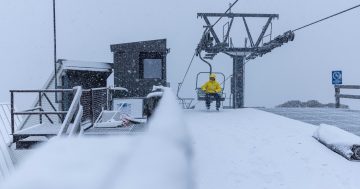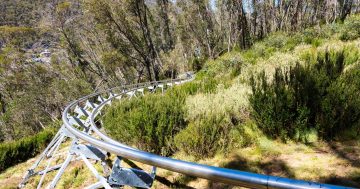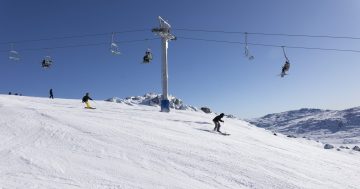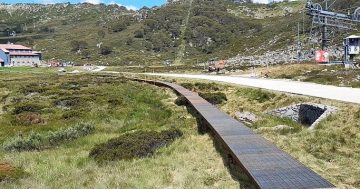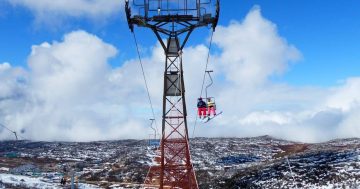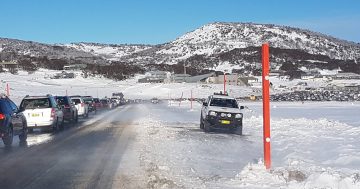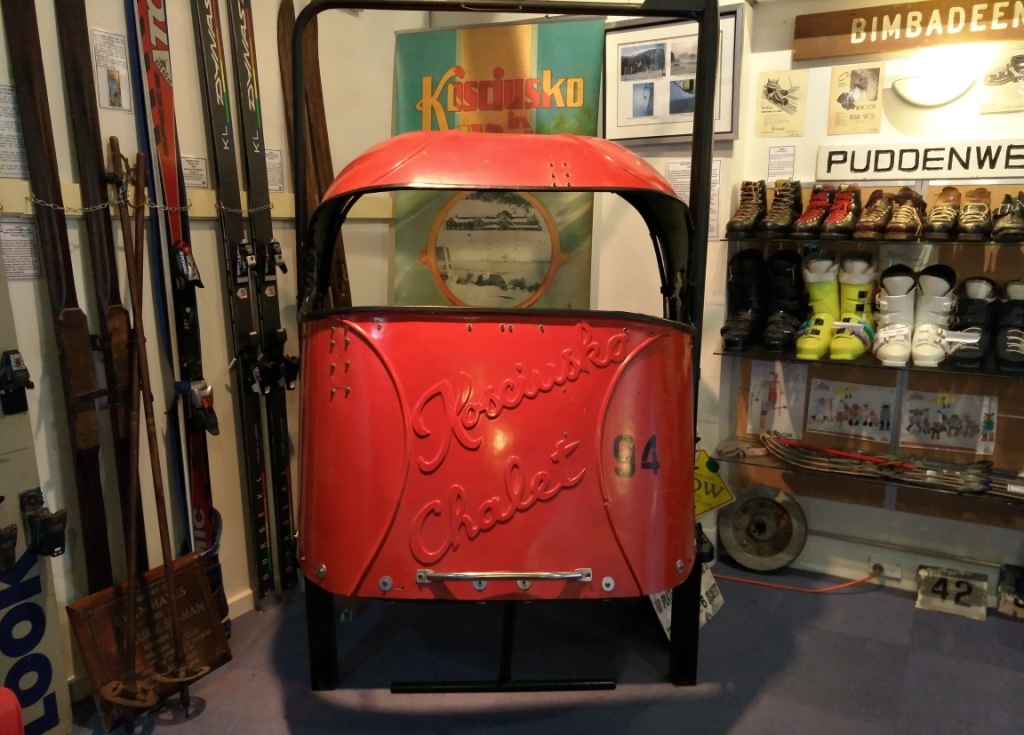
Back in the 1980s I worked on the 66th level of the MLC Centre with 360-degree views of Sydney. From my desk I sometimes saw a Concorde fly into Sydney Airport.
I was working briefly with a young entrepreneur who it turned out had an extraordinary vision. He knew I was a skier and he showed me a couple of models on his desk. The first object was a rather menacing-looking drilling machine, and the second was what looked like a toy train.
He was part of a team of individuals who were seeking international companies to support a project which would see a long tunnel drilled from Jindabyne to Perisher Valley and beyond. The aim was to take advantage of the excellent ‘back country’ snow and then inaccessible but potential ski fields. It seemed quite unlikely at the time and I remember telling him! But when I rode the Skitube some years later, I happily ate my words!
The Skitube was a game changer for the ski fields and the Snowy Mountains generally as a greater number of skiers were able to access new ski areas, and a number of resorts joined together on a shared ticket, including Perisher, Blue Cow and Guthega.
With this expansion and greater visitor numbers came the need to invest in other infrastructure, and the realisation that the area needed to be used more to justify these improvements.
In recent years, with the very real possibility that global warming is impacting on the length of the ski season and hence profitability, the resort managers of Perisher and Thredbo, the State Government, the managers of the National Parks and tourism operators have become increasingly aware of the need to reinvent the high country holiday experience. So the ongoing strategy has become rebranding the region as being a four season destination, rather than just the traditional winter skiing season.
So, nearly four decades after the Ski Tube made such a radical change to the way people accessed the High Country, what actually is different and what can visitors do if they choose to go up the mountains this summer, rather than down the mountains (Clyde and Brown) to the coast?
The main things that attract many are the expectation of cooler weather, fewer people, the opportunity to get out on the mountain trails, enjoy the beauty of the alpine landscape and breath in great lungfuls of fresh air.
Biking in the mountains
One of the fastest growing leisure activities in the region is mountain biking.
Interestingly, the Canadian ski resort Whistler, operated by the same company as Perisher Resort, now has more activity centred around mountain bike riding than skiing. There is no doubt that the interest and participation in biking is not going away.
There is a bike trail running from Bullocks Flat at Lake Crackenback along the river to Thredbo. Once in Thredbo, bike enthusiasts will find a well-developed downhill mountain bike culture that attracts enthusiasts from near and far.
I am more than sure that most in the biking mafia will already know what is happening, but for others who may not have visited in recent years, or are looking for something new to experience, there is a really big push to get lots more mountain bike activity happening.
The December MTB Cannonball Festival had a high level of participation, attracted about 16,000 spectators and is set to become an annual event. The Thredbo MTB shop is ‘bike central’ in Thredbo Village and very convenient for anything road, track or downhill bike riders could possibly need.
The mountain resorts
The Lake Crackenback Resort on the Alpine Way is a real ‘one-stop-shop’ for a whole range of activities and is pretty much located halfway between the two main centres of activity of Perisher and Thredbo.
As well as the original Novotel hotel, the addition of beautiful self-contained chalets in recent years means there are accommodation options for all needs and lots of tempting packages on offer, including regular three nights for two offers.
The resort offers a huge range of activities, but my favourite is the wildlife. Last spring the platypus in the central lake became very bold and to the delight of restaurant patrons, were often seen swimming right up to the window. There is an indoor pool, day spa, water activities, 9-hole golf, archery and two restaurants. The Thredbo River walking track and mountain bike track start here and ends in Thredbo Village and holiday packages sometimes include mountain bikes.
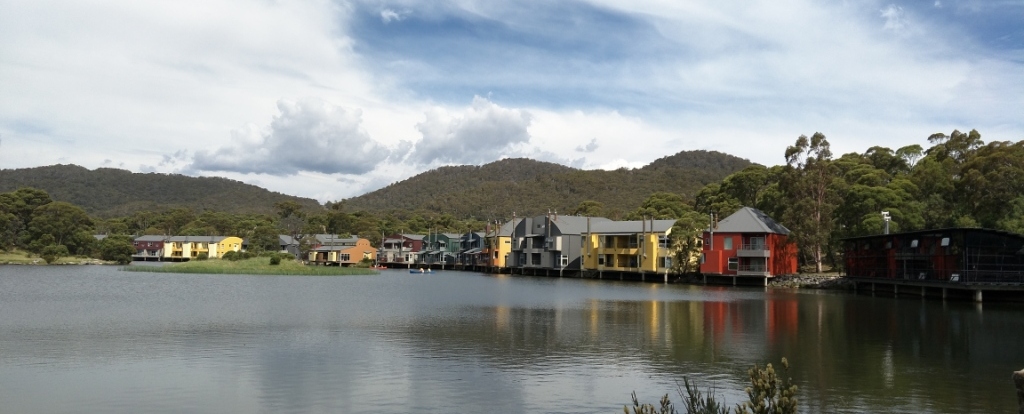
As well as the two restaurants at Lake Crackenback Resort ,not far along the Alpine Way is an outstanding tourist attraction for those who want somewhere to relax and enjoy a view of the heavily timbered ridge above the Thredbo Valley.
The Wild Brumby Distillery and café is open daily in summer from 10-4 and 10-5 in winter and is a must for all mountain visitors. With a great range of locally distilled schnapps and the café sourcing and serving a wide range of local produce, it is a locavore’s delight. Famous for smoked meat and cheese platters, they also offer a wide range of lighter dishes and a short children’s menu.
My smoked trout salad with freshly baked sourdough bread was a delight, and I am a great fan of Wild Brumby’s Schnappygatto, with coffee, ice cream and butterscotch schnapps. The rest of the table somehow managed to fit in enormous wiener schnitzel and kassler piled up on creamy mash with sauerkraut.
Having and declared themselves all ‘full as googs‘ they went on the demolish generous slices of freshly made strudel. I have to say the service is fantastic and the gift shop has some great mountain produce, not least the many different flavoured schnapps.

A cheeky little German-style riesling popular at Wild Brumby Distillery and cafe
Thredbo summer activities
Further along the Alpine Way, Thredbo buzzes with great family activities and the chairlift is open during summer. This gives access to a range of walking paths and sublime views to the still snow-capped distant mountains. There is a range of accommodation on offer and a number of restaurants and bars in the village are open. 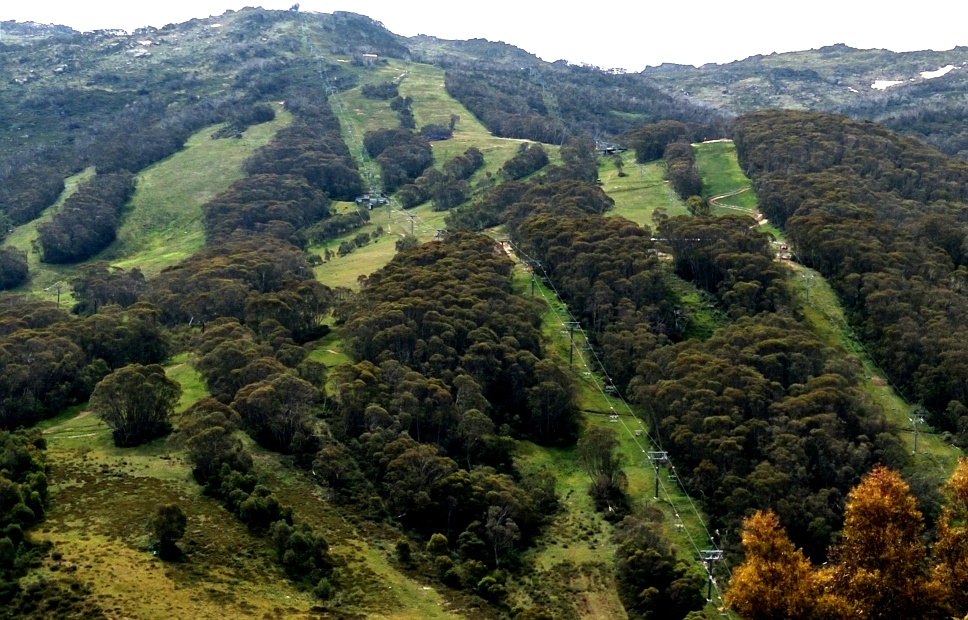
Thredbo looks a lot different in summer. These steep slopes are ski runs by winter and in summer come alive with daredevil downhill mountain bike riders!
While in Thredbo, please do not miss the Thredbo Ski Museum located just off Thredbo Village Square. It has a fascinating archive of all things snow and ski sports related, going back to the first records of Norwegian miners around Kiandra taking to the slopes in 1861. It is completely fascinating and a credit to the Thredbo Historical Society.
On the well-established music front, the ever popular Thredbo Blues Festival, celebrating its 23rd anniversary, is on from 20 – 22 January. Later in the year is the 29th anniversary of the much loved Thredbo Jazz Festival running from 1 April – 2 May.
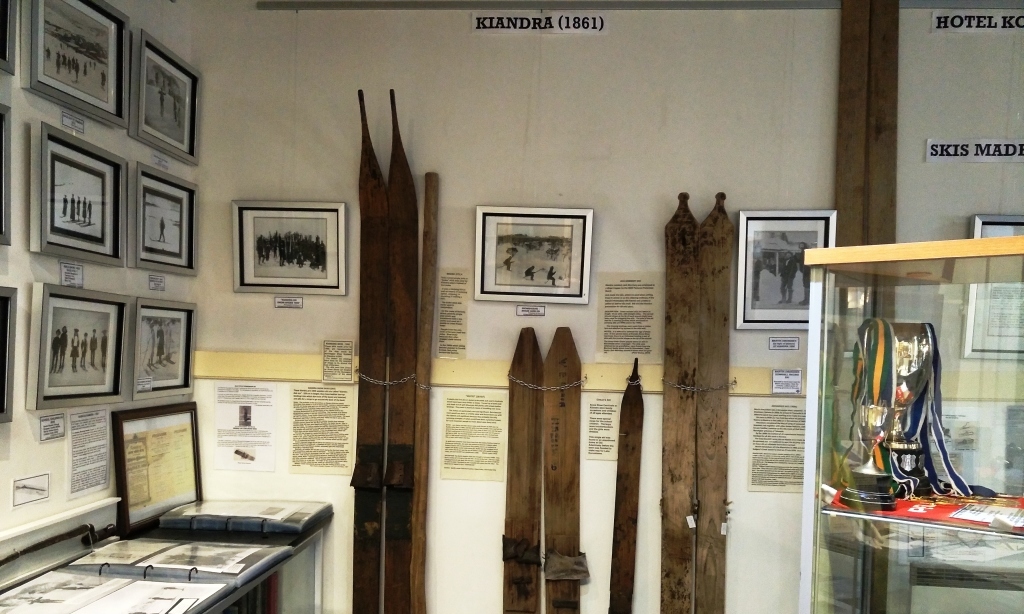
Perisher summer activities
Perisher still has some way to go with the four season tourist strategy. It currently offers limited summer holiday activities and accommodation. Mid-summer it is somewhat of a ghost town but of course that is something that would actually attract some people! If you are lucky enough to know someone who has membership of one of the many beautiful private lodges, then you can stay for a very reasonable amount.
Airbnb has a limited choice, but the hotels all seemed to be closed. The main summer activity immediately around the village is bush walking one of the many well marked trails, such as the Perisher to Blue Cow link road 10 km round trip.
On especially hot days, you can take a dare and dip in the truly, madly, achingly, freezing cold Perisher River. I was also rather tempted to try a few wheelies in the huge empty carpark, and got a giggle out of the sign declaring the beautifully grassy “Toboggan slope closed”, when in fact it should have said something like “Toboggan slope in need of a mow”. What I love is there is plenty of room for improvement, and there actually is lots of potential!

A short car ride away you can tackle the altitude-challenging Summit Walk from Charlotte’s Pass to Mount Kosciuszko. This very popular summer activity has walks to suit all levels, and there is often snow still on the ground adjacent to the path.
Justly famous for alpine flowers, this walk attracts visitors from all over the world and on Christmas morning this year was very busy, with parking in high demand.
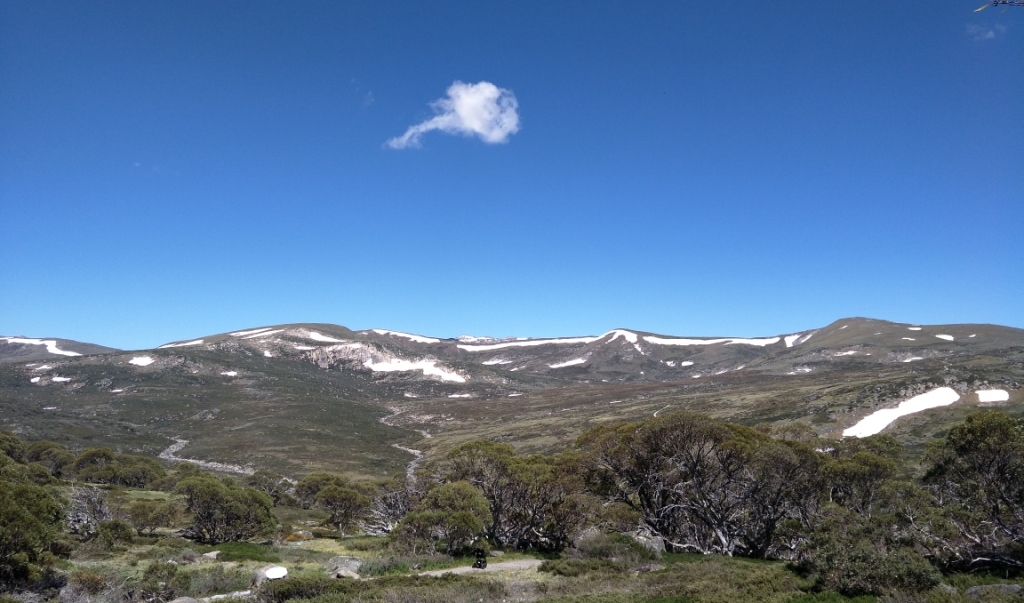
Below the Summit Walk is the village of Charlotte’s Pass which seems quite closed up for the summer, but is one of my favourite winter destinations as I love the over-snow transport and the lovely old chalet.
Other outdoor activities in the Snowy region include horse trail rides and riding activities with Thredbo Valley Horse Riding on the Alpine Way offering a wide range of horsey things. Fishing in the mountains is long established and there are many popular spots dotted along the main rivers and further afield around Khancoban, and Adaminaby with the wonderful Big Trout.
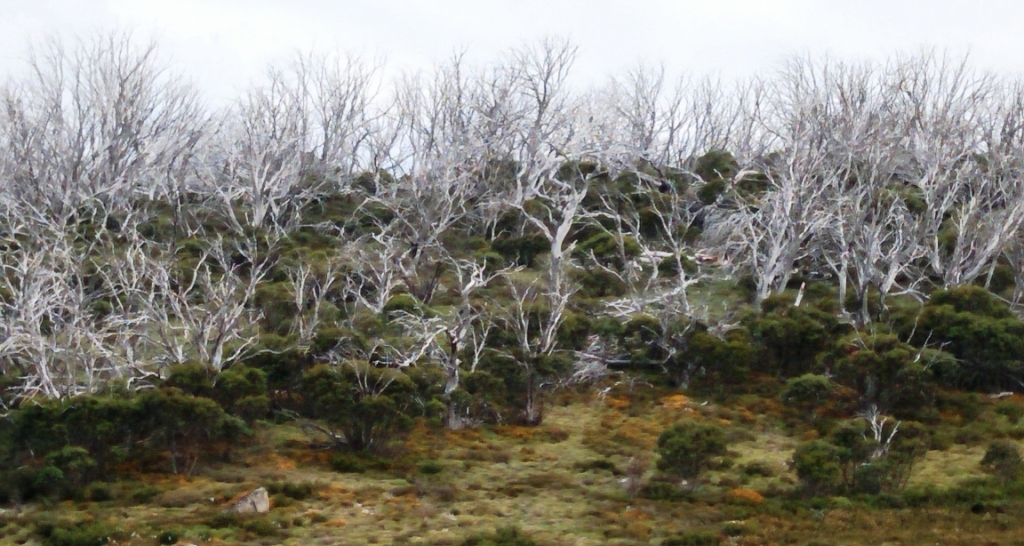
A final word about our Snowy Mountains. Sadly there is a downside to this story.
The High Country is rugged and beautiful, but it is impossible not to miss the massive number of trees that have died back in recent years. The steep slopes of both the Perisher and Thredbo valleys are covered with hundreds of thousands of tree skeletons. These are so much more obvious in the summer months when the undergrowth is much greener than winter.
One reason suggested for the extensive die back is climate change and the ever shorter snow season. With snow falling later and later each year, the delicate roots of these trees are now more exposed to the early harsh frosts without the protection of an insulating snow cover.
Human interaction with the environment on the mountains does seem to have limited impact, but for my next visit I am interested in the availability of presentations by National Parks and Wildlife Services representative, especially on conservation and Aboriginal heritage, to help me better understand this delicate environment.
In a nutshell
Canberra to Perisher and Thredbo via Cooma and Jindabyne is an easy 2.5 hour drive on good roads and just over 200 kms. A great pit stop is Miss Heide’s Tea House on the Jindabyne side of Cooma up the top of the Mount Gladstone Lookout. It is famous among generations of skiers who continue to stop for goulash soup and strudel on the way back and forth to the mountains.
Access to both Perisher and Thredbo year around is through the Kosciuszko National Park. With a daily cost in summer of $17.50, there are few who would begrudge paying this to keep our National Parks pristine and well-maintained for everyone now and to share in the future. Season tickets are also available.
… and you will find lots more great info on the Snowy Mountains tourism website.
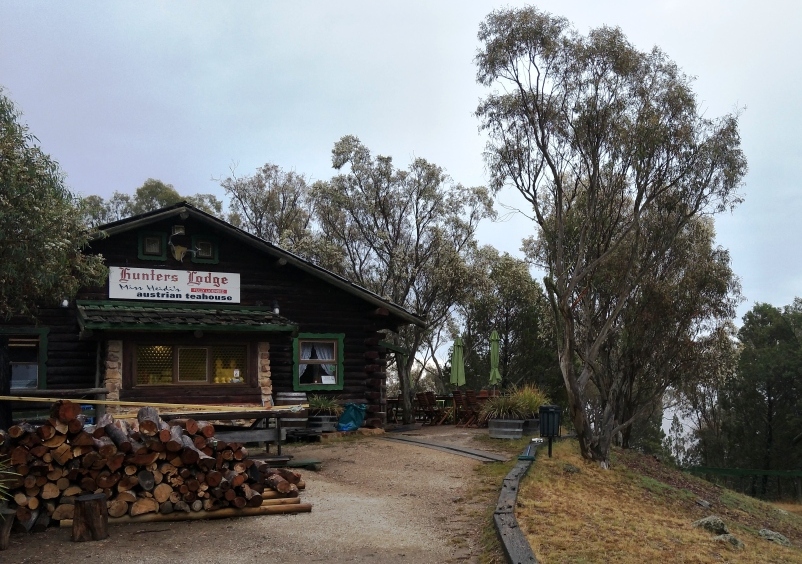
Banner photo: Located in the Thredbo Museum, this restored large red canopied seat was used on the Kosciusko Chalet Chairlift which operated for the 1964 and 1965 ski seasons.
All photos provided by the writer.












